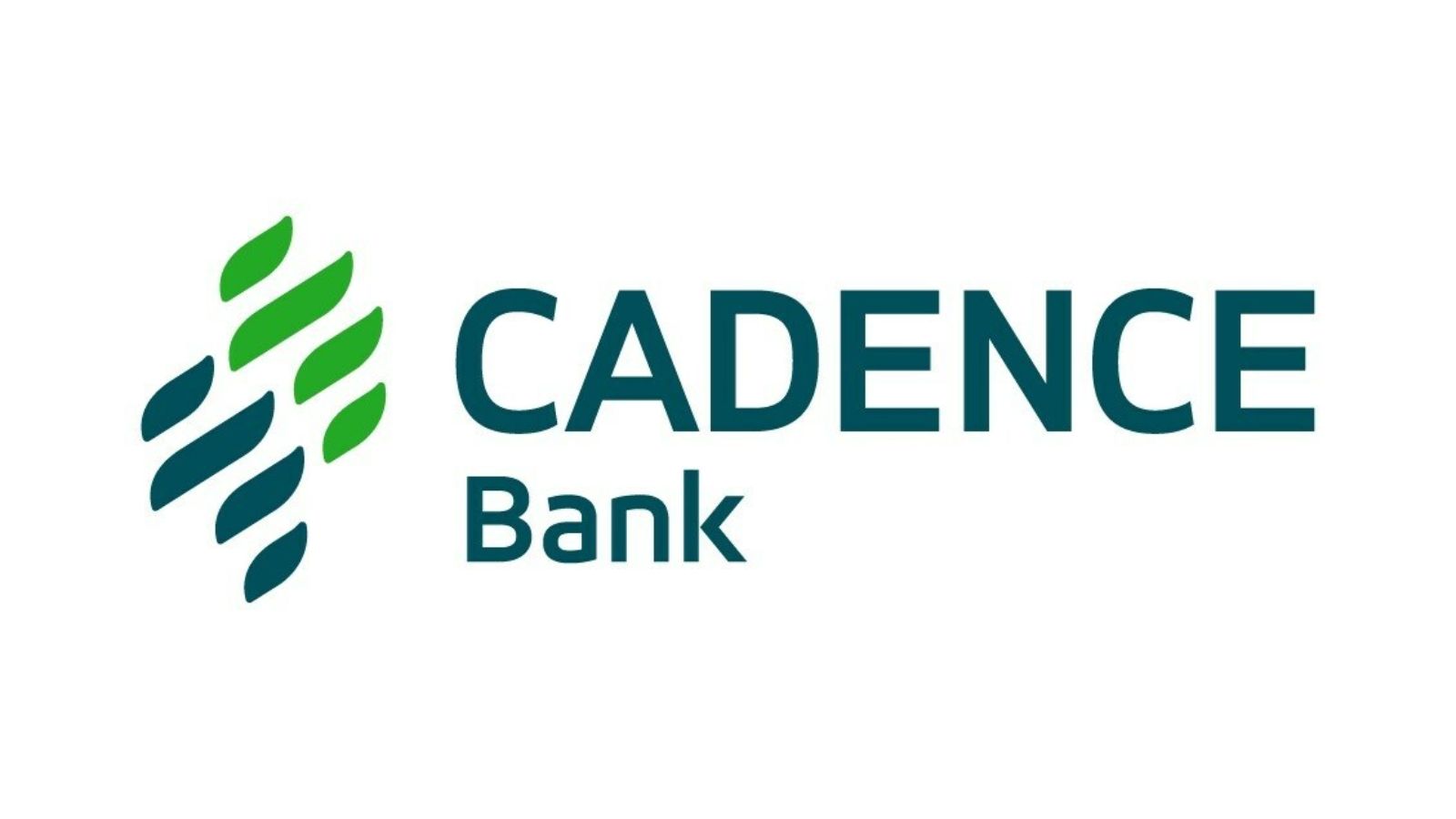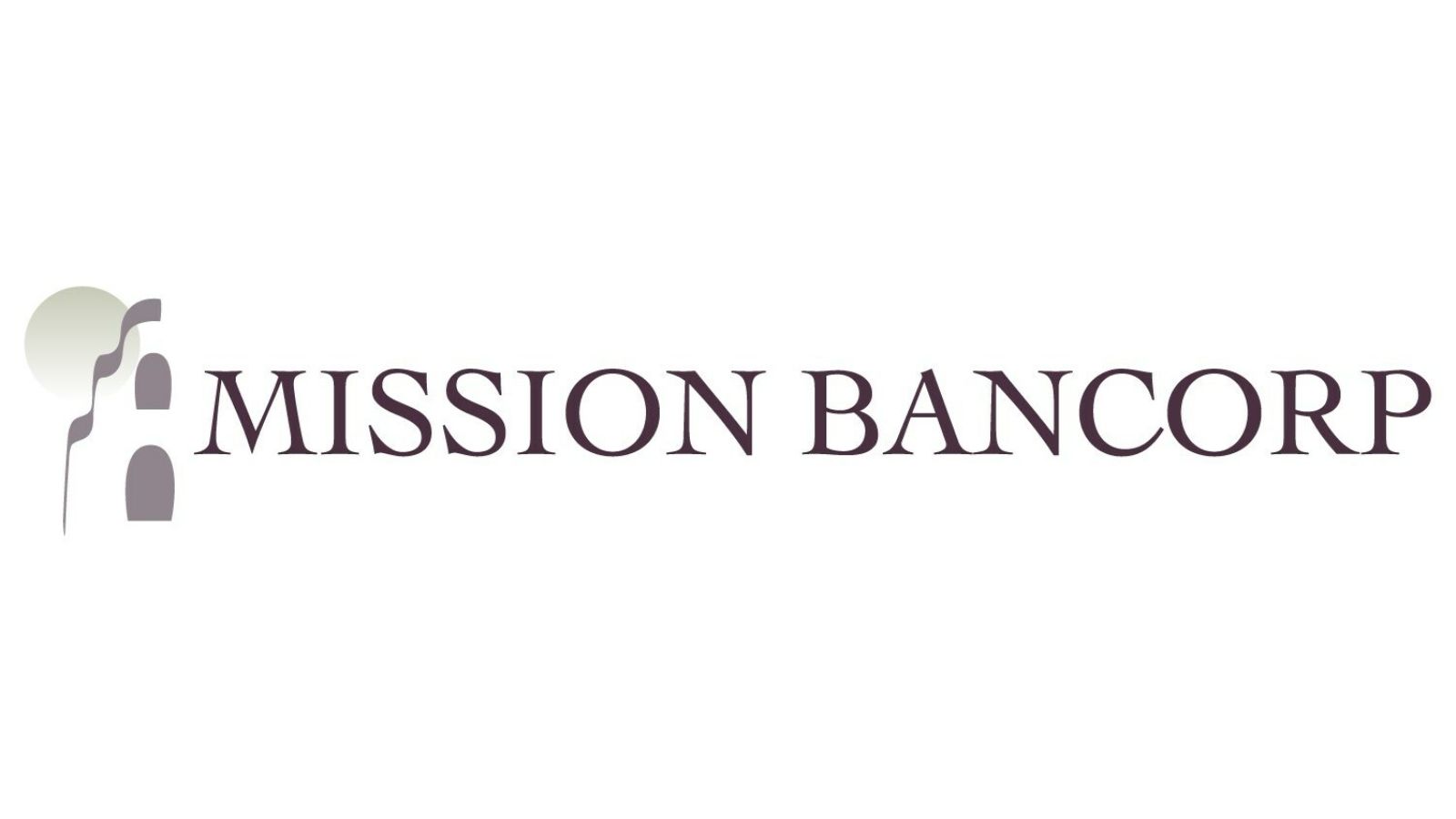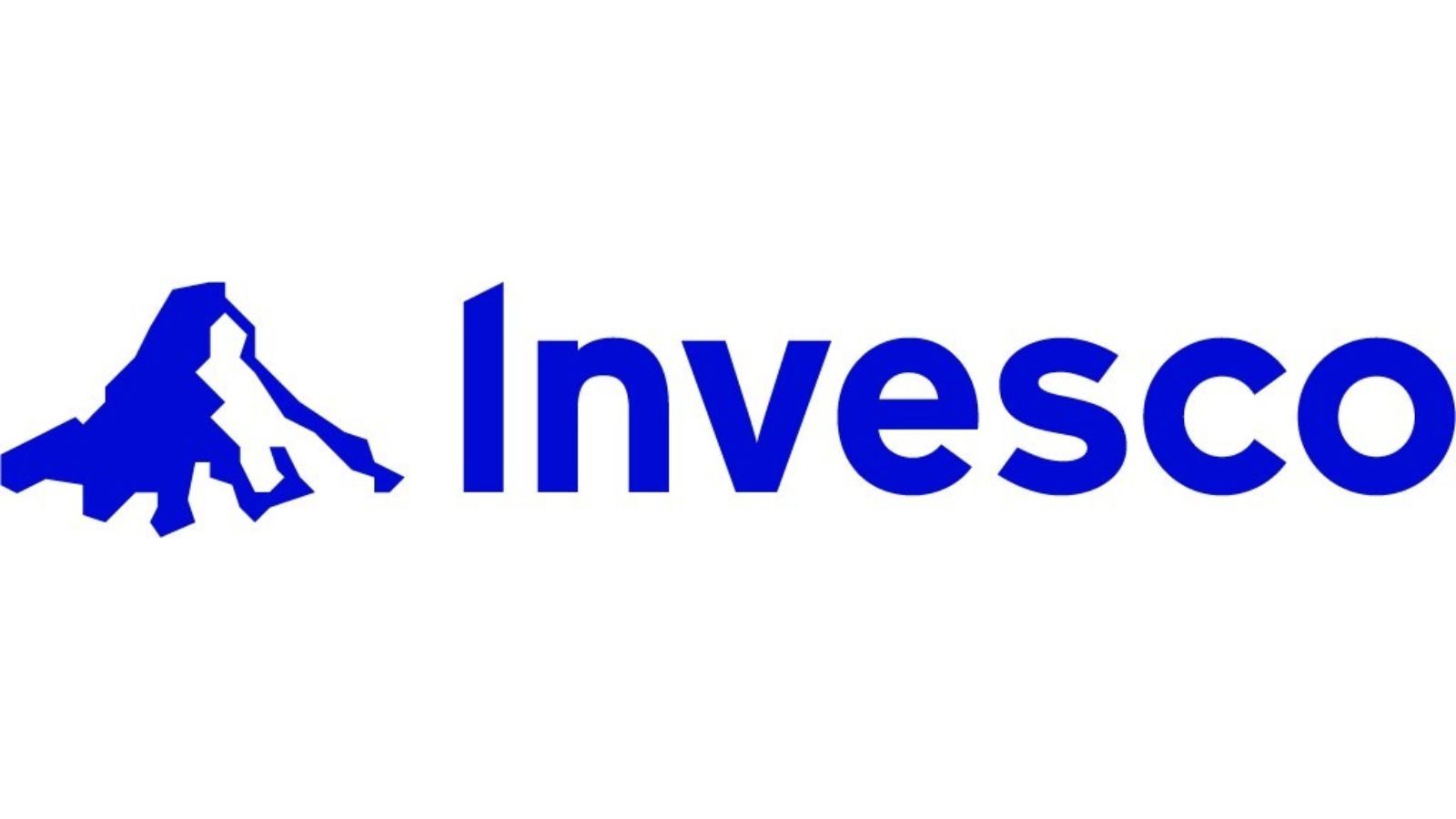A step-by-step guide to master budgeting is useful and essential for both businesses and individuals, which helps in building financial stability.
Budgeting Process?
A budget typically consists of two broad categories: one revenue and two expenses of a business over a period of time. There are three different types of budgets:
1. Operating budgets; which cover the day-to-day expenses such as rent, payroll, utilities, etc.
2. Capital budgets which involve a strategy for long-term investments like equipment or facilities.
3. Cash flow budgets track money moving in and out.
Reference ; https://www.nerdwallet.com/article/finance/how-to-budget
Reference ; https://tipalti.com/financial-operations-hub/budgeting-process/
The Primary Goals of Budgeting :
The main goals are to plan for revenue and costs, identify financial risks, allocate resources efficiently, and provide a roadmap for growth. An effective budget keeps your business operating smoothly.
Reference video; Budgeting Process
Steps in the Budgeting Process :
There are several key steps to create an accurate, practical budget:
1. Identify goals: What does your business want to achieve? More sales, new locations, product launches? Get clear on your targets.
2. Get tangible numbers: Gather data on projected sales, costs of goods, operating expenses, capital needs, etc. Be realistic.
3. Look at past data: Review past budgets, income statements, and balance sheets to understand historical trends.
4. Always consider cash flow: Even profitable businesses can fail without enough cash on hand. Account for the timing of income and expenses.
With goals and data in hand, you can prepare an initial budget draft allocating resources based on priorities. Implementation is next – sticking to the budget through tracking and adjustments. Regularly reviewing allows you to pivot as conditions change.
Preparing a Preliminary Budget
Your budget should include projections for key performance indicators (KPIs) like:
– Cash flow and expenses
– Employee payroll
– Accounts payable and receivable
– Customer acquisition costs
– Inventory levels
– Turnover rates
Clearly defining KPIs keeps your budget focused on critical metrics for your business.
Tips and Best Practices
1. Start with sales: Realistic sales projections should drive expense budgets, not the other way around.
2. Involve team leads: Get input from department heads who understand operational needs.
3. Be conservative: Underestimate revenue projections and overestimate expenses to build in a buffer.
4. Expect inaccuracies: Even the best budgets won’t be 100% precise. Build in flexibility to adapt.
Creating Your Personal Budget :
The same principles apply to personal budgeting. Here’s a step-by-step approach:
Step 1: List income sources
List your monthly take-home income from jobs, side hustles, etc.
Step 2: Track your spending
Review statements and receipts to see where your money is going each month.
Step 3: Set realistic goals
What are your priorities – debt repayment, retirement savings, vacation fund? Align expenses accordingly.
Reference ; https://www.linkedin.com/pulse/step-by-step-breakdown-budgeting-process-yoroflow
The 50/30/20 rule provides guidance:
– 50% of income for essentials (housing, bills, groceries)
– 30% for wants (dining, entertainment, etc.)
– 20% for savings and debt payments
Reference: https://bettermoneyhabits.bankofamerica.com/en/saving-budgeting/creating-a-budget
Challenges in the Budgeting Process
Economic turbulence makes budgeting tricky as conditions rapidly shift from inflation to deflation. Inaccurate past data provides a shaky foundation for future projections if your business is new or has changed drastically. However, the benefits of budgeting far outweigh the challenges.
Benefits of Business Budgeting
Enhanced Decision-Making: A budget keeps you focused on the big picture, so you can make strategic decisions proactively instead of reactively.
Better Risk Management: Identifying potential cash crunches early allows you to plan ahead and mitigate risks.
Increased Profitability: Reducing waste and optimizing spending boosts your bottom line.
Reference video; Benefits Of Budgeting
Budgeting software like Planergy can help manage this critical process. Its cloud-based, automated platform seamlessly consolidates your financial data for faster, smarter budgeting.
Reference ; https://planergy.com/blog/budgeting-process/








Leave a Reply